1. The Limited
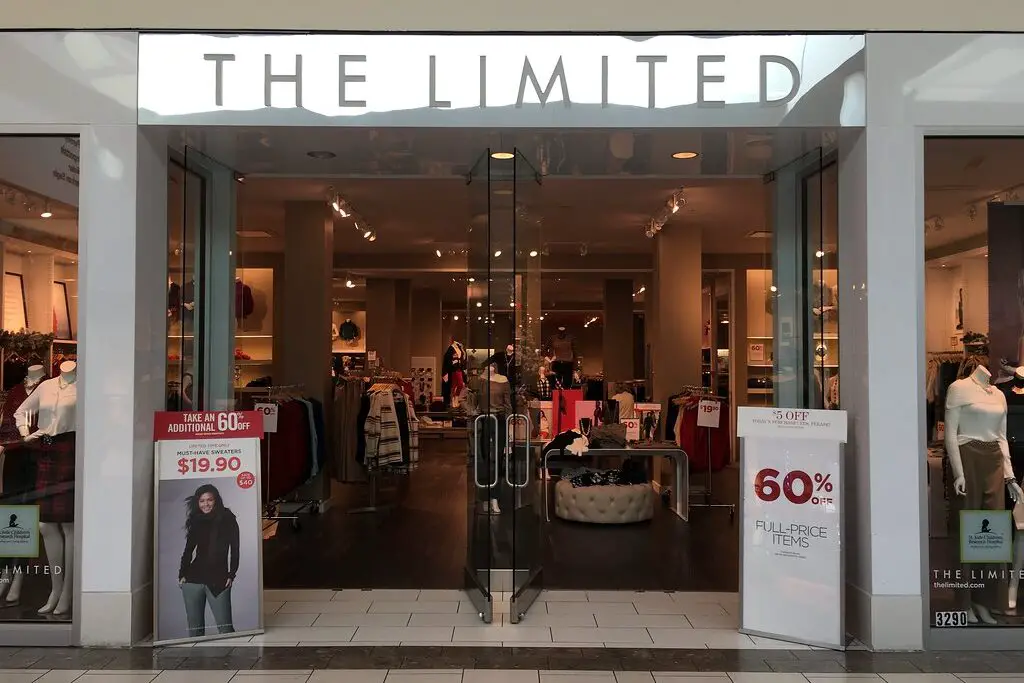
If you were a mall shopper in the ’80s or ’90s, chances are you popped into The Limited at least once. It was the go-to place for trendy but office-friendly attire, making it a staple for young professionals. The brand was everywhere, known for its tailored blazers, high-waisted trousers, and chic blouses. But as fast fashion took over and online shopping boomed, The Limited struggled to keep up. By 2017, it had shut down all of its physical stores. The brand still exists online, but it’s not the same as wandering through the racks in a bustling mall says Business Insider.
Part of what made The Limited special was its connection to other popular brands like Express and Victoria’s Secret, which were once under the same company. For a while, it seemed untouchable, but tastes changed, and competition got tougher. Without a strong reinvention, The Limited faded into retail history.
2. Sam Goody
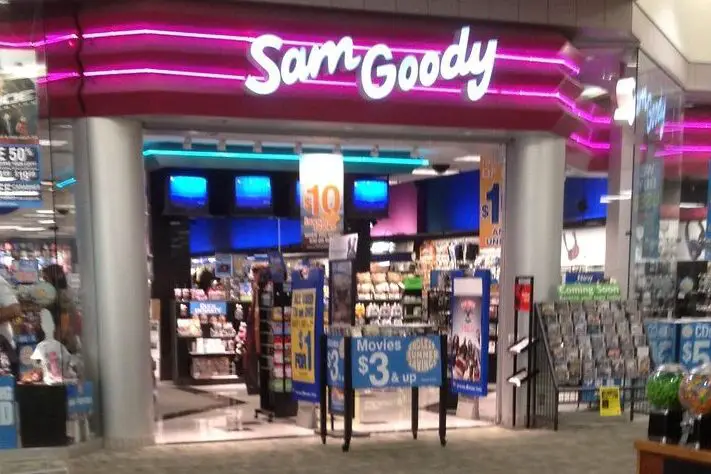
There was something magical about flipping through CDs and cassettes at Sam Goody. This music store was a haven for teenagers in the ’80s and ’90s, especially those looking for the latest album or a cool band T-shirt. The store had walls lined with new releases, staff members who seemed to know everything about music, and an overall vibe that made shopping for tunes feel like an experience shares Rolling Stone.
Unfortunately, the rise of digital downloads and streaming services made brick-and-mortar music stores a tough business. Parent company Musicland struggled to keep Sam Goody relevant, and by the early 2000s, most locations had closed. While a few stores held on for a while, they eventually disappeared completely. It’s hard to imagine now, but there was a time when a trip to the mall wasn’t complete without stopping by to check out the latest singles.
3. Waldenbooks
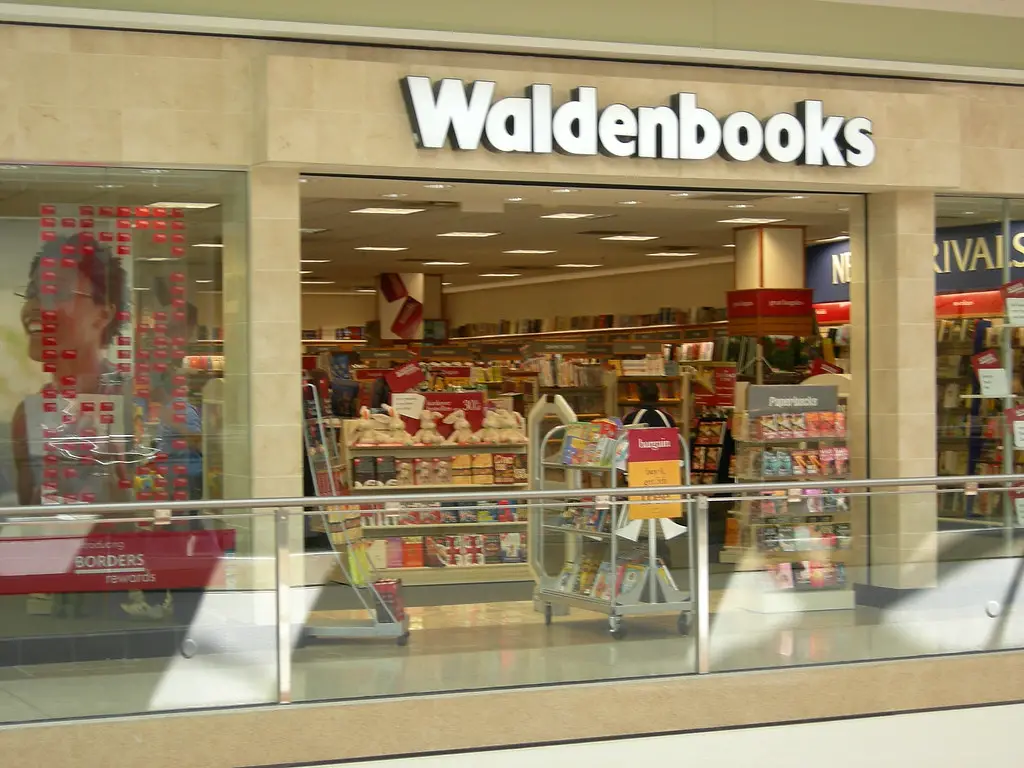
Before giant bookstores and e-readers, Waldenbooks was the place to go for a quick read at the mall. Tucked into shopping centers across America, it had everything from bestselling novels to stacks of magazines. The cozy size of each store made it feel accessible, and book lovers could easily lose track of time browsing the shelves adds PennLive.com.
But as big-box stores like Barnes & Noble and Borders expanded, Waldenbooks started to struggle. By the late 2000s, the chain was disappearing, and when its parent company, Borders, went under in 2011, Waldenbooks went with it. It was a tough loss for book lovers who preferred the intimate feel of a small store over the sprawling spaces of superstores.
4. Merry-Go-Round
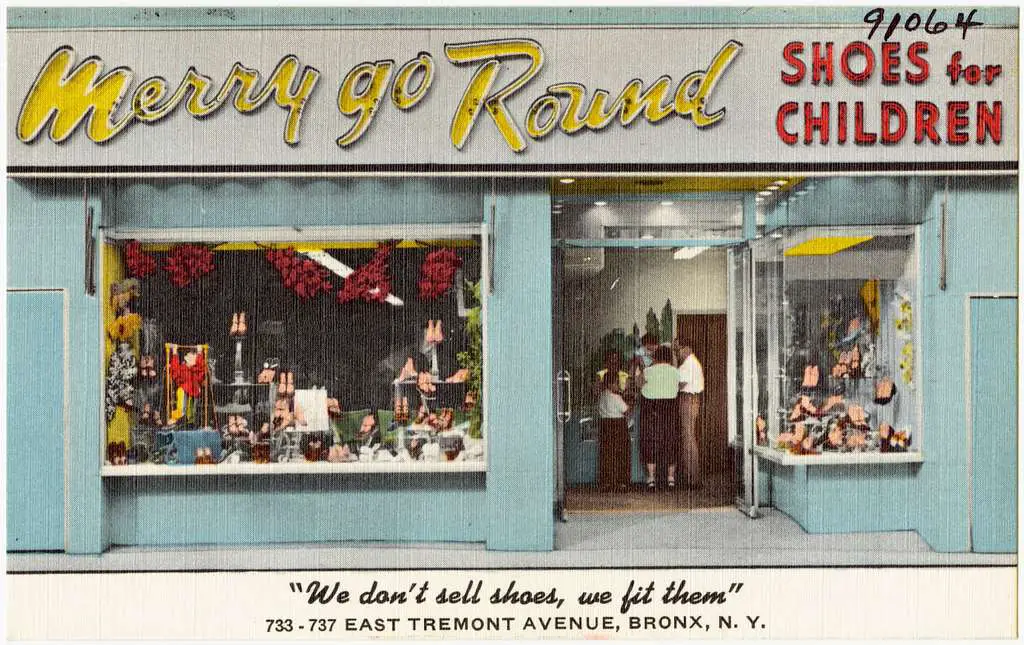
If you wanted to dress like the coolest kids on MTV in the ’80s and early ’90s, Merry-Go-Round was the place to shop. The store specialized in trendy, flashy clothes—think neon colors, acid-wash jeans, and oversized jackets. It catered to young people who wanted to stand out, with styles that were bold and sometimes over-the-top.
But fashion trends change fast, and by the mid-’90s, Merry-Go-Round struggled to keep up. The company expanded too quickly, and when styles shifted away from their signature looks, sales plummeted. In 1996, the chain filed for bankruptcy, and just like that, it was gone. For a brief moment, though, it was the ultimate spot for those who wanted to dress to impress.
5. KB Toys
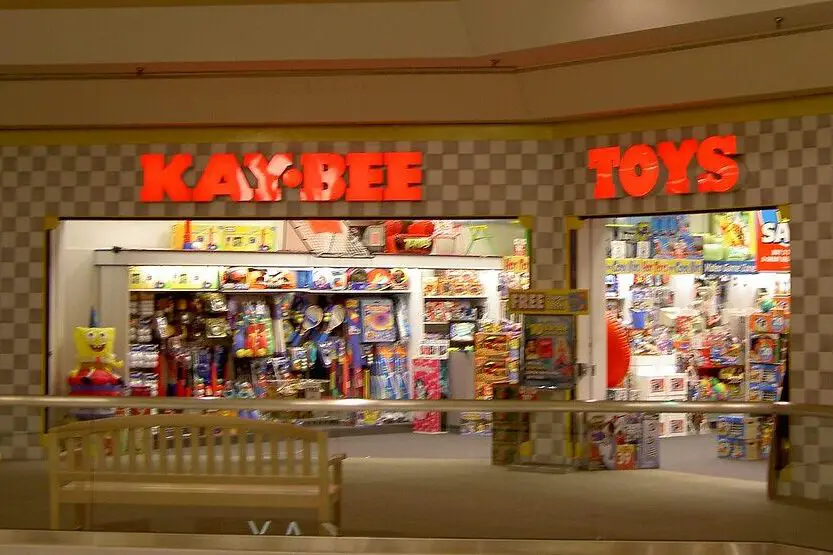
For kids, walking into a KB Toys store was like stepping into a wonderland. These small but jam-packed toy stores were a fixture in malls, often featuring bins of discounted action figures and shelves stacked with the latest must-haves. It was the perfect place for parents to grab a last-minute gift or for kids to beg for a new toy while out shopping.
However, big-box retailers like Walmart and Target began offering lower prices on toys, making it tough for KB Toys to compete. After struggling for years, the company filed for bankruptcy in 2008, closing all of its locations. There were talks of a revival, but it never really materialized. Now, kids will never know the thrill of sprinting into a KB Toys to grab the hottest new toy before it sold out.
6. Gadzooks

Before fast fashion took over, Gadzooks was the go-to spot for teenagers who wanted trendy, quirky clothes. It started as a T-shirt shop in the ’80s but quickly expanded into a full-blown fashion retailer known for its edgy styles. From crop tops to baggy jeans, it had everything a cool teen could want.
But as competition grew, Gadzooks struggled to stand out. It was eventually bought by Forever 21 in 2005, and all of its stores were shut down or converted. While Forever 21 continued the trend-focused approach, it wasn’t quite the same as the unique vibe Gadzooks had.
7. B. Dalton Bookseller
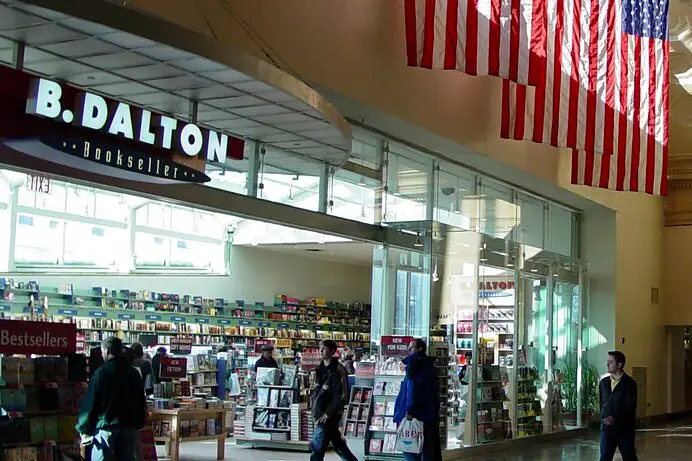
B. Dalton was another mall bookstore that felt like a cozy escape. It was small, well-stocked, and had a warm atmosphere that made browsing fun. For many, it was the place to pick up the latest bestseller while waiting for a movie or grabbing a coffee.
Like Waldenbooks, B. Dalton couldn’t compete with the rise of big-box bookstores and online retailers. It was eventually bought by Barnes & Noble, which slowly phased it out. By 2010, B. Dalton was officially gone, leaving behind fond memories for book lovers who grew up wandering its aisles.
8. Contempo Casuals
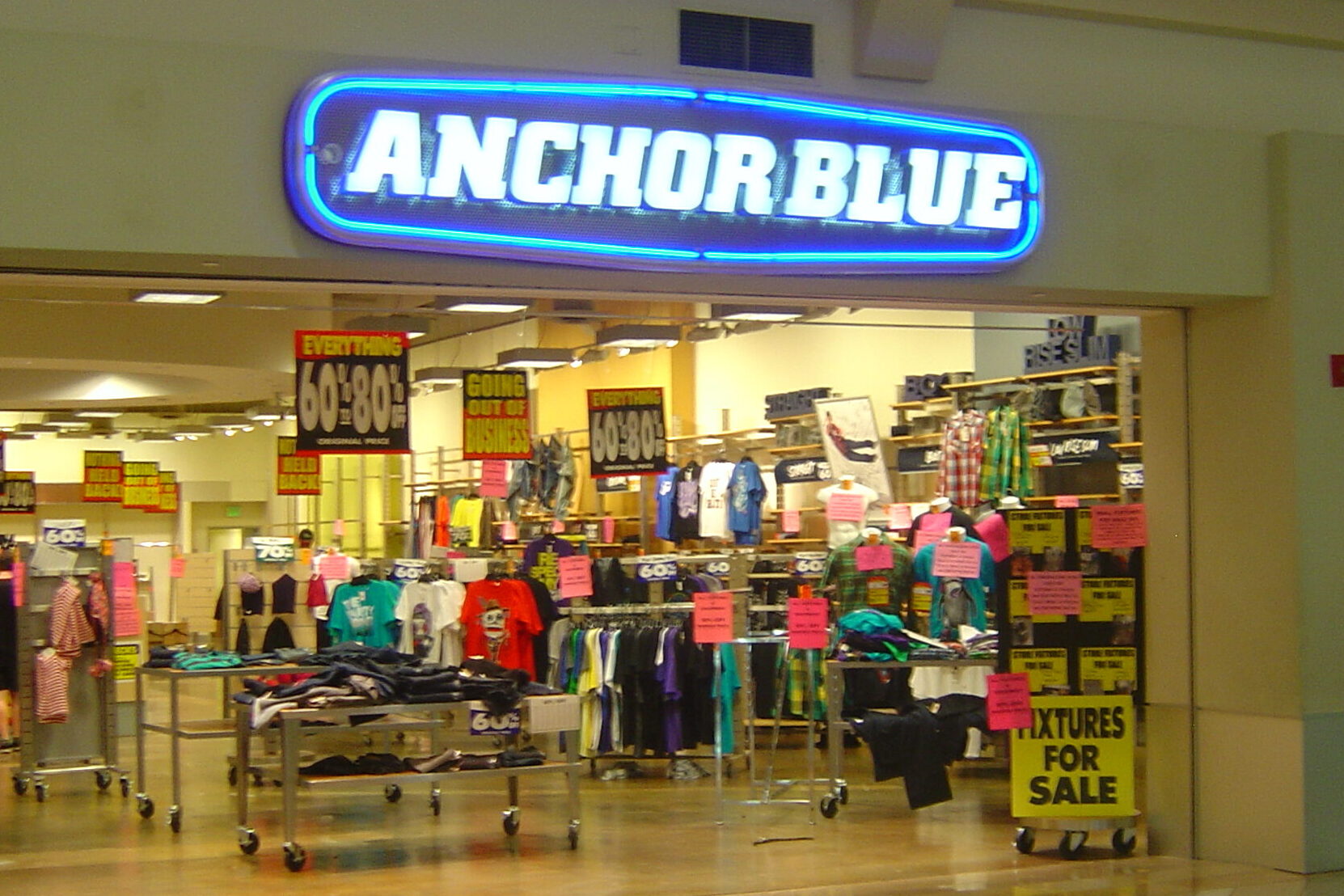
Contempo Casuals was the ultimate store for trendy young women in the ’80s and ’90s. It had a mix of funky, fashionable, and sometimes outrageous clothing that made it a favorite for teens. Whether you were looking for a bold miniskirt or a stylish crop top, Contempo had you covered.
In the late ’90s, the chain was acquired by Wet Seal, which eventually rebranded all the stores. While Wet Seal had its own success for a while, it also ended up closing down. The legacy of Contempo Casuals lives on in vintage fashion circles, but it’s not the same as walking into the store and trying on the latest trendy outfit.
9. Camelot Music
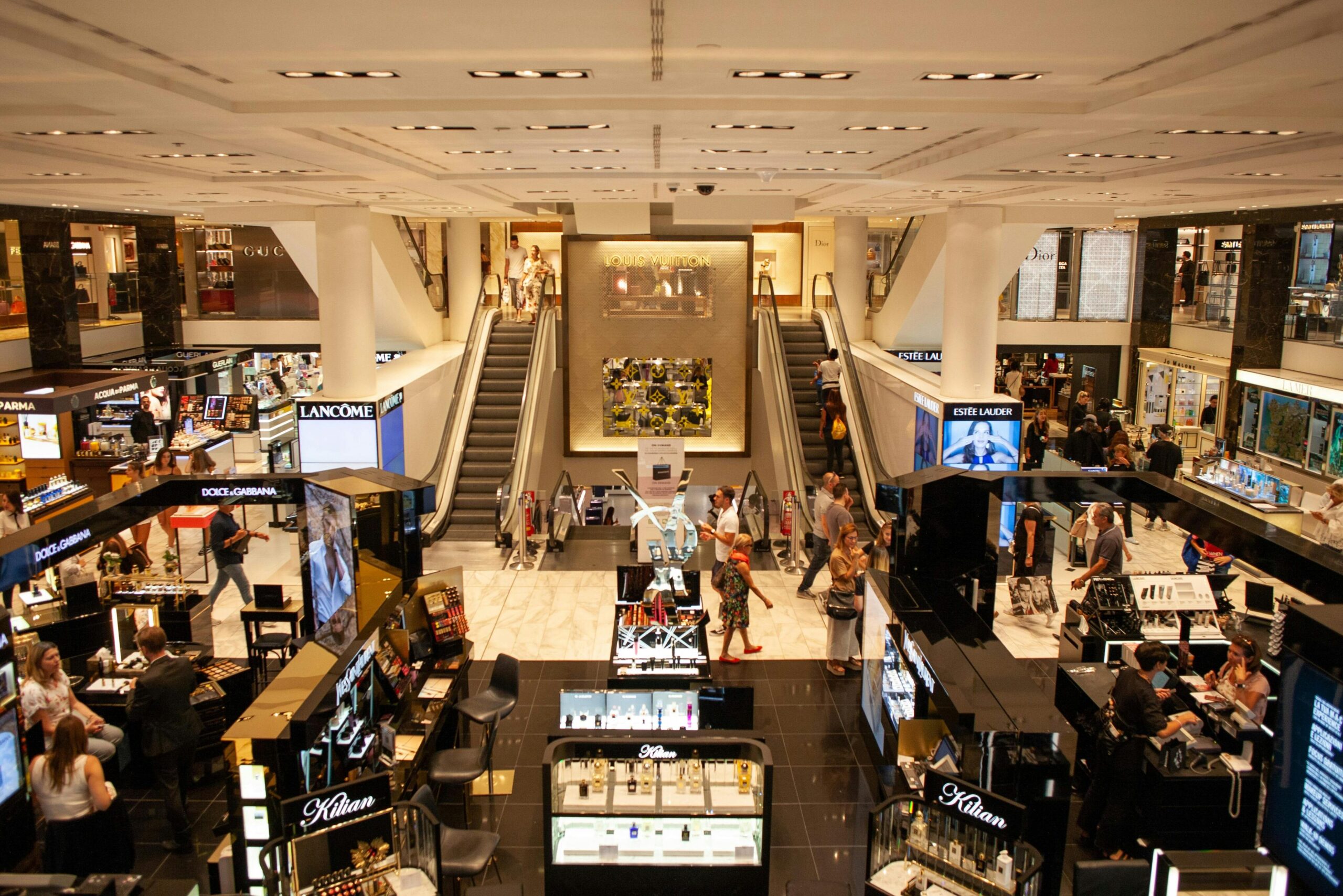
Long before streaming services, Camelot Music was a mall staple for music lovers. It had an extensive collection of records, tapes, and later CDs, making it the perfect place to discover new artists. The store had a laid-back but cool atmosphere, where employees knew their stuff and could recommend hidden gems.
Unfortunately, as digital music took over, record stores like Camelot struggled. The chain was eventually acquired by Trans World Entertainment and merged into the FYE brand. While FYE still exists, the old-school vibe of Camelot Music is a thing of the past.
10. Miller’s Outpost
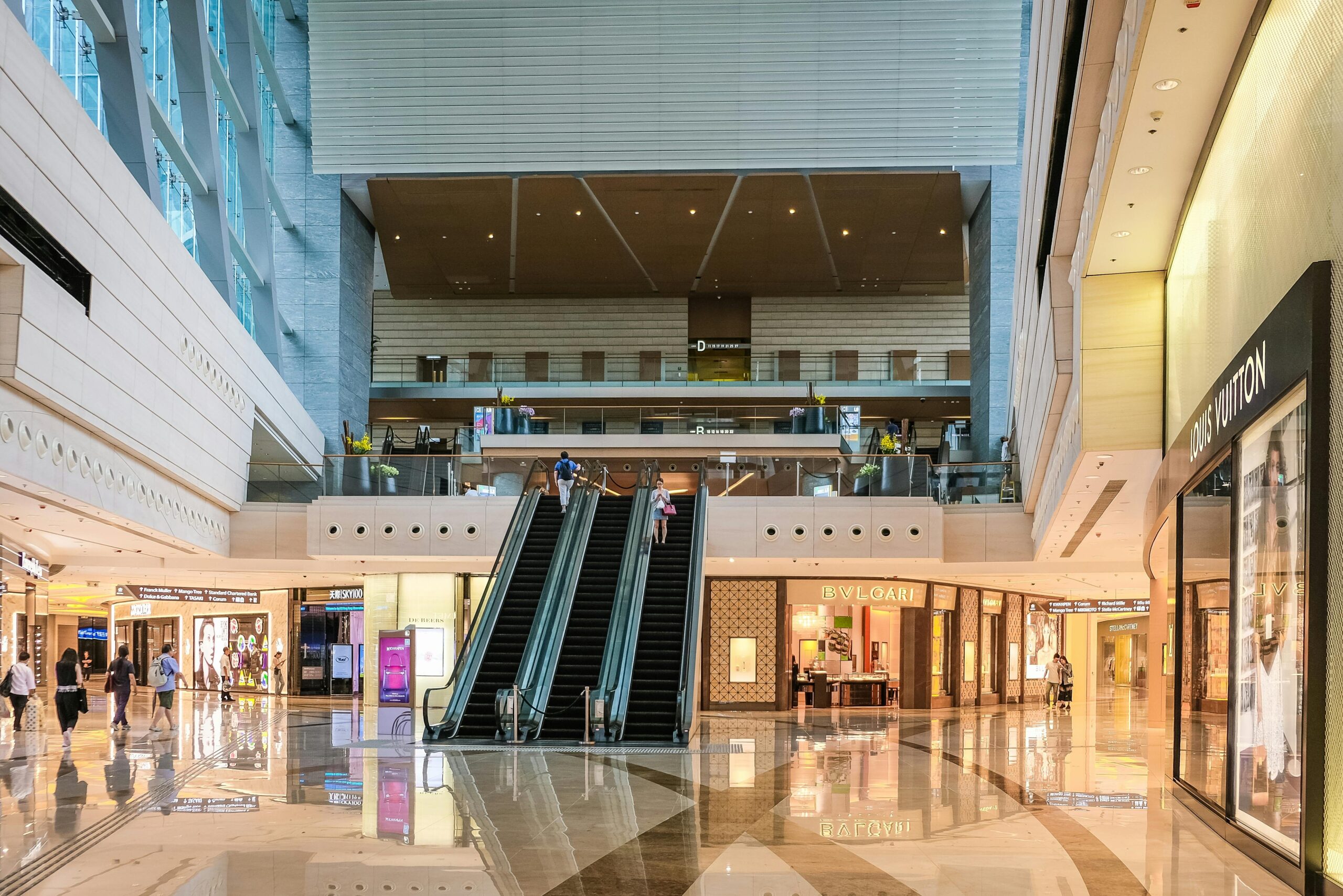
If you were into denim in the ’80s and ’90s, Miller’s Outpost was the place to shop. The store was known for its huge selection of jeans, especially Levi’s, and had a rugged, Western-inspired vibe. It was especially popular in California, where casual, laid-back fashion ruled.
As styles changed, Miller’s Outpost rebranded into Anchor Blue, trying to attract a younger audience. But by 2011, the company had gone out of business. Now, it’s just another memory of a time when finding the perfect pair of jeans meant heading to the mall.
11. Wet Seal
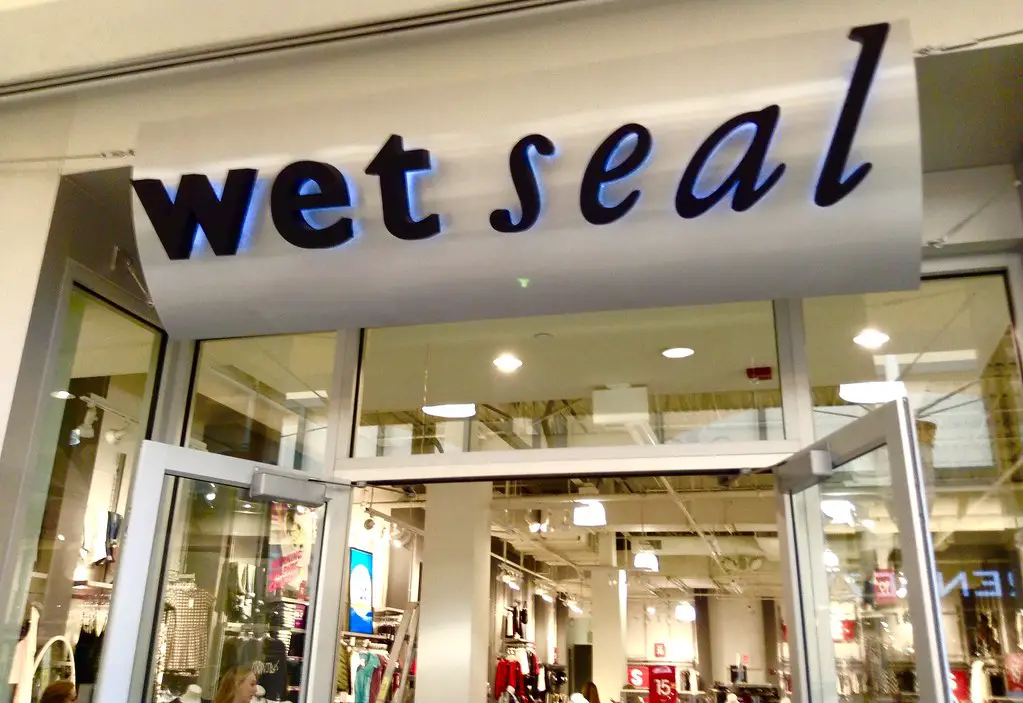
Wet Seal was one of those stores where teens could find trendy, affordable fashion that felt a little daring. It carried everything from sparkly tops to low-rise jeans, catering to young shoppers looking for the latest styles. The store had a loyal following, especially in the ’90s and early 2000s, when fast fashion was on the rise.
But competition in the fashion world is fierce, and Wet Seal couldn’t keep up with changing trends and online shopping. After years of financial struggles, it shut down all its stores in 2017. While the brand still exists online, it doesn’t have the same presence it once did.
12. Structure
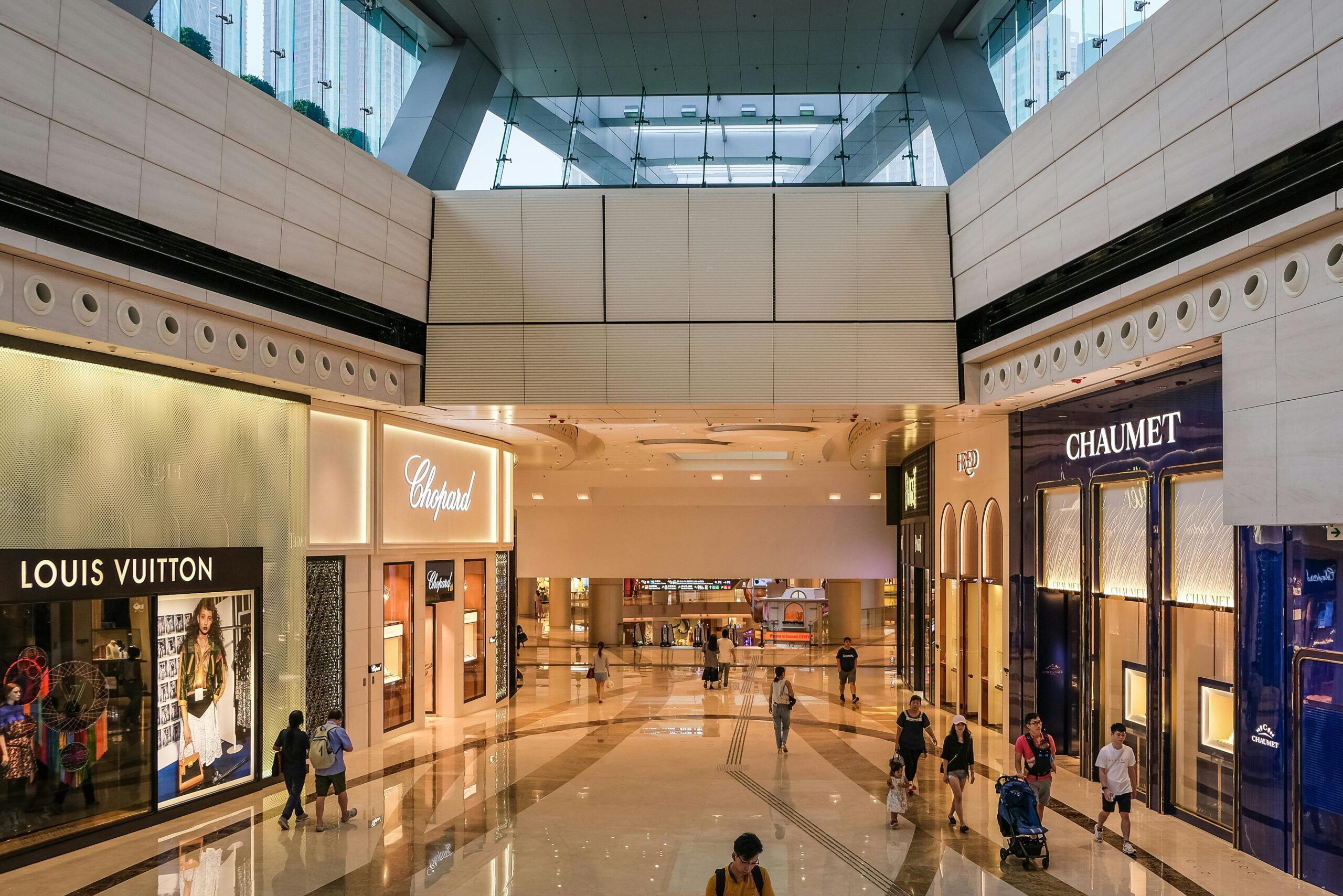
For guys who wanted to look sharp but still casual, Structure was the go-to store in the ’90s. It had stylish button-downs, sleek sweaters, and well-fitted jeans that made it a favorite for young men. The brand was owned by The Limited and was a staple in malls across America.
In the early 2000s, Structure was rebranded as Express Men, shifting away from its original identity. The name disappeared from malls, and while Express is still around, it’s not quite the same. For those who loved the classic Structure look, it was a tough loss.
13. Rave
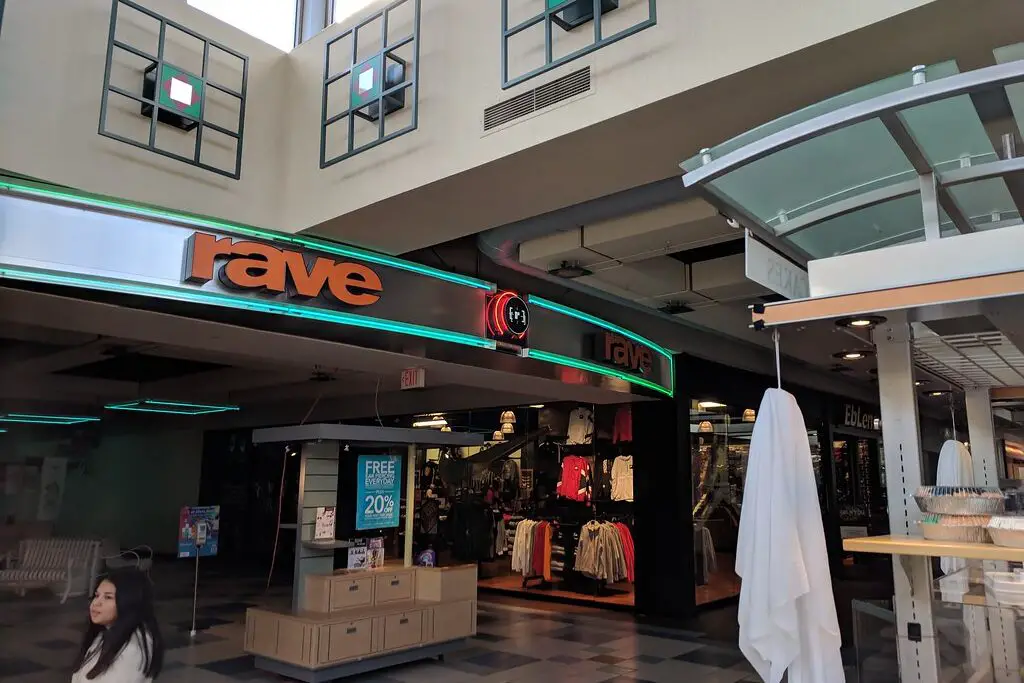
Rave was another mall staple for trendy, budget-friendly fashion. It specialized in club-inspired outfits, with plenty of bold colors, shiny fabrics, and body-hugging styles. If you wanted to stand out at a party or just dress like your favorite pop star, Rave had you covered.
But as shopping habits changed, Rave struggled to keep its stores open. It went through multiple bankruptcies before finally disappearing. Some locations were rebranded as Charlotte Russe, but the original Rave stores are long gone.
14. DEB
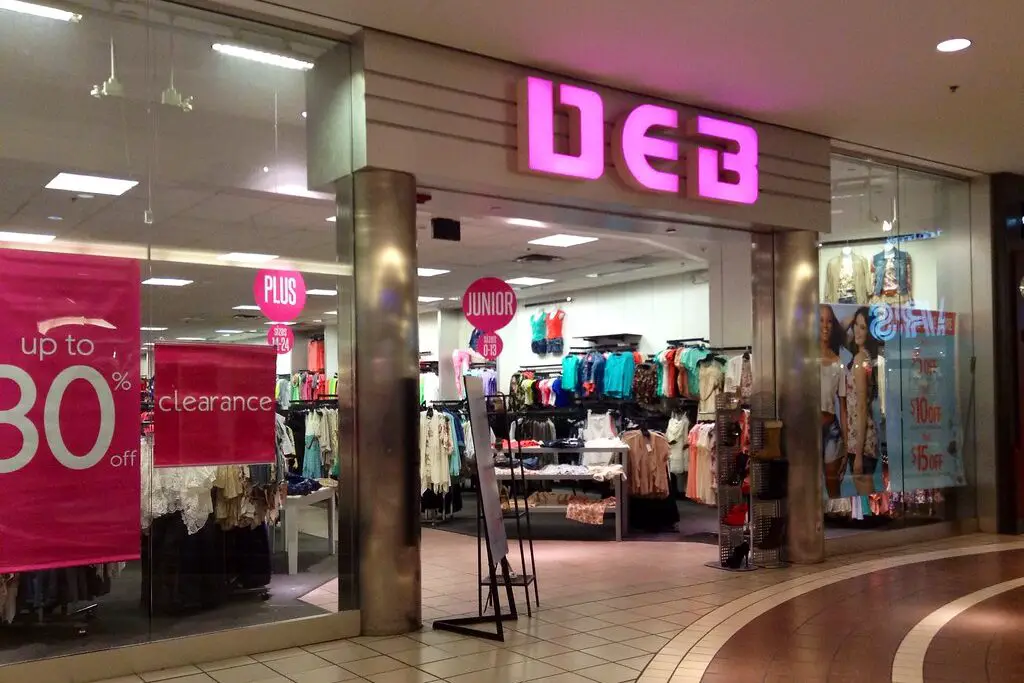
DEB was a favorite for teenage girls looking for affordable dresses, casual wear, and accessories. It was especially known for its formalwear, making it a go-to spot for prom and homecoming shopping. The store had a fun, youthful vibe that made it a staple in malls for decades.
Despite its popularity, DEB couldn’t survive the retail shake-up of the 2010s. After filing for bankruptcy twice, it closed all its stores in 2015. While the brand made a brief comeback online, it never regained the mall presence it once had.
